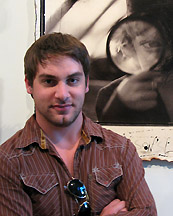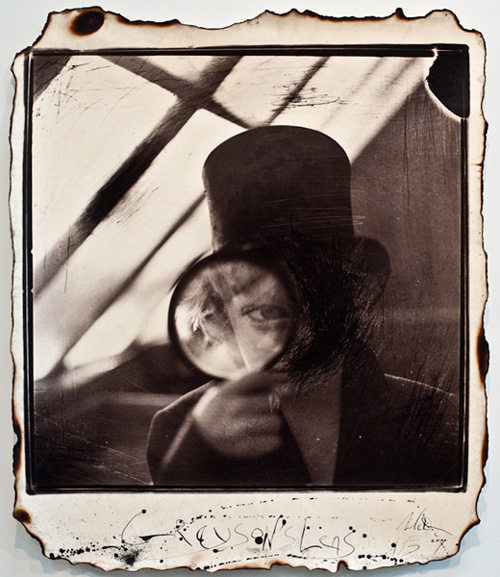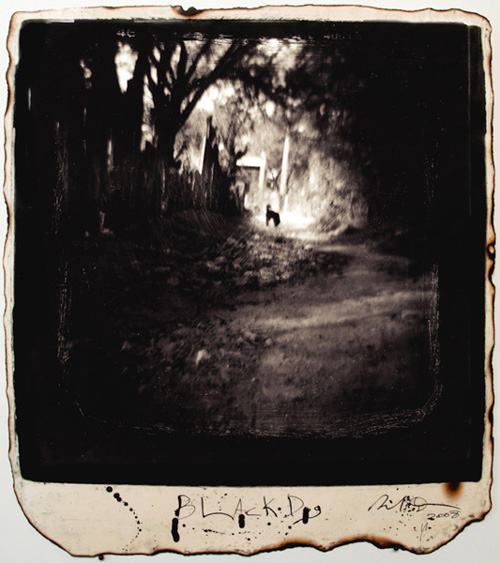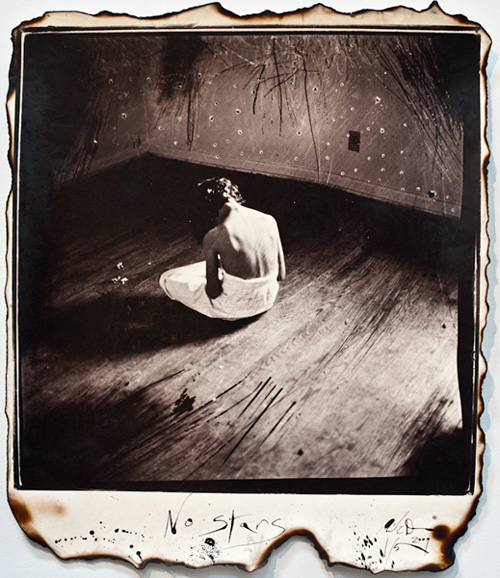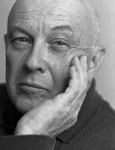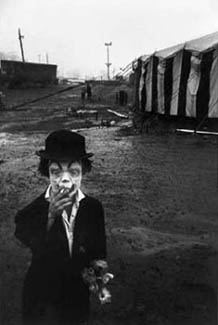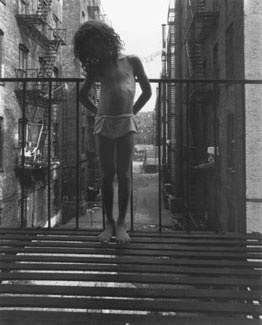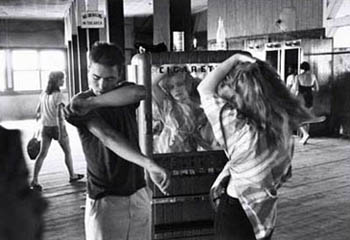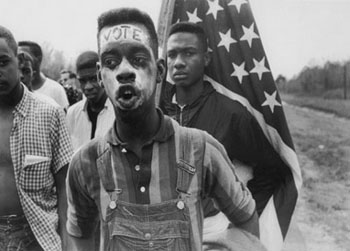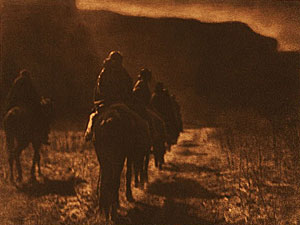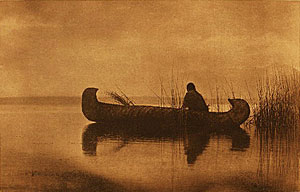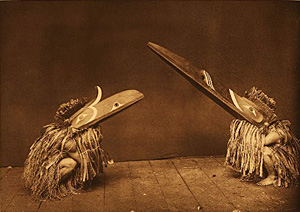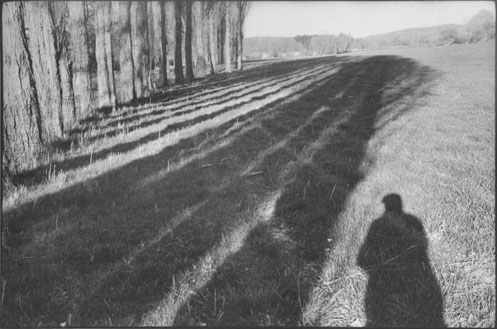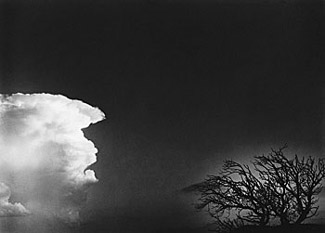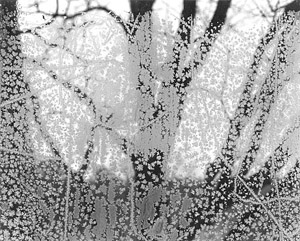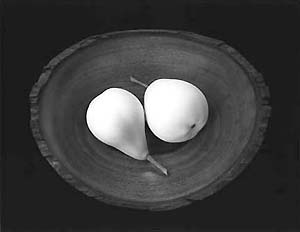elliott erwitt

Soulcatcher Studio is honored to present the photography of legendary Magnum photographer Elliott Erwitt. A leading photographer of his generation and a member of the prestigious Magnum Agency, Erwitt has been making photographs all over the world since the late 1940s. Known for spontaneous, often humorous snaps, along with poignant documentary studies, he has spent the last sixty years capturing the famous and the ordinary, the remarkable and the mundane, often using the camera to express his unique sense of humor. In the process he has produced some of this past century’s most beloved and enduring images. He is without a doubt one of the era’s finest image-makers.
Born in 1928 in Paris of Russian parents, Erwitt emigrated to the United States with his family in 1939. He studied photography in Los Angeles City College (1942-1944) then film at the New School for Social Research (1948-1950). As a young man, Edward Steichen helped Erwitt get his first commercial photography job. From 1950 to 1952, Erwitt was a freelance photographer for Collier’s, Look, Life and Holiday. He became a Magnum Agency associate in 1953 and a full member in 1954. Today his original photographs reside in most all major museum collections.
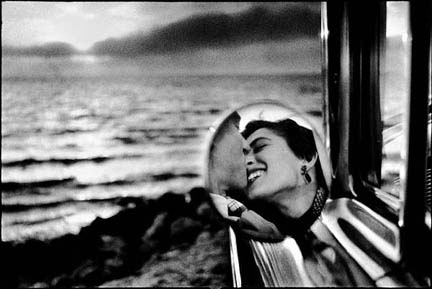
Santa Monica, California, 1955 – AKA “California Kiss”
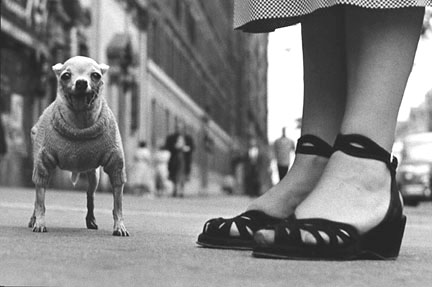
New York City, 1946
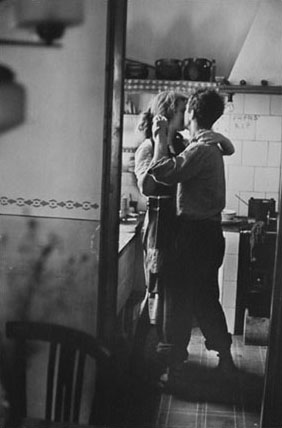
Valencia, Spain, 1952
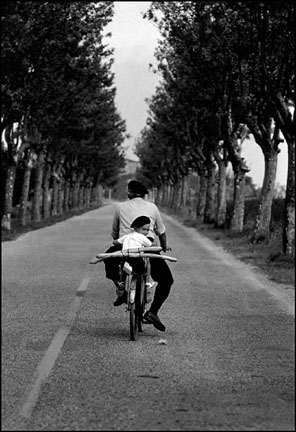
Provence, France, 1955
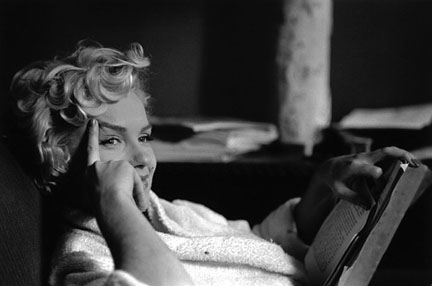
Marilyn Monroe, New York City, 1956
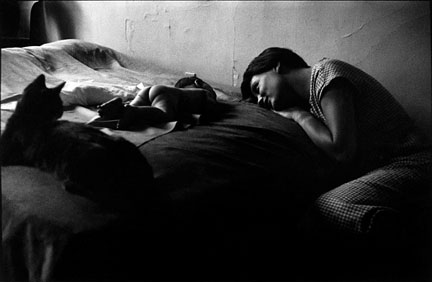
New York City, 1953
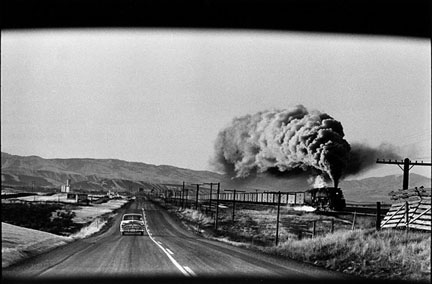
Wyoming, 1954
Please inquire if you have other favorite images by this artist, as we can offer his entire portfolio of work for sale.
Print Information: All photographic prints are archivally processed gelatin silver prints made from original photographic negatives, printed by Elliott Erwitt or under his direct supervision. Prints are unmounted. No digital manipulation is used at any stage of the process.
Prints are available in four standard paper sizes: 11×14″, 16×20″, 20×24″ and 30×40″. For both technical and aesthetic reasons, not all images are available in all sizes (please inquire). Actual image sizes vary from that of the standard paper size. For instance, a horizontal 16×20″ print has an image size of approx. 12×17.5″. All prints are signed, titled and dated (with the negative date) in pencil, au verso.
Prints are produced in an open, unnumbered edition. Current prices start at $3,000.00, depending on the individual image and print size.
Click here to view our exhibition and sale, “Elliott Erwitt: Personal Best ~ A Retrospective”.
Click here to view our exhibition and sale, “Elliott Erwitt: Unseen Ironic Iconic”.
All artwork is copyright © of the respective artist or estate.
All other material copyright © Soulcatcher Studio. All rights reserved.
Contact us by Email
Or call 505-310-SOUL (7685)
